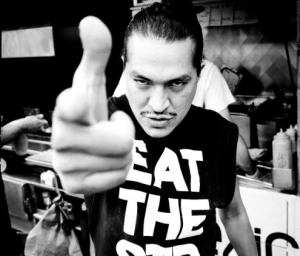 I get more questions via email and social channels than I could answer in a lifetime, but occasionally one jumps out at me as incredibly worthwhile to share. The answer to this question is important, and my response is below. Chime in and let me know what you think:
I get more questions via email and social channels than I could answer in a lifetime, but occasionally one jumps out at me as incredibly worthwhile to share. The answer to this question is important, and my response is below. Chime in and let me know what you think:
“What’s more important as a photographer… to remove yourself from the photograph, or to make the photograph about you as a photographer?”
-from photographer Jay McLaughlin
In order to make the most successful, effective (read: insightful, moving, impactful, beautiful, etc) image, the photographer must be “present” in the image. Simply put, this is crucial–perhaps MOST important for any shooter– you should strive to make a photograph that no one else in the world can make. And the primary mode of being able to do this is to infuse your personal vision to the image. Period, whether it’s reportage, fine art, or a fashion shoot. Doing otherwise is creating a commodity – something that anyone, or an “other” can make– that can be bought or sold like a pork belly or a barrel of oil.
Making such a photo that no one else can make can take many forms–technical excellence is a part of that–but at it’s essence is the need to reflect a mood that only you can capture or evoke, based on your access, your knowledge, your interpersonal skills or otherwise. So you absolutely must put your fingerprints on the shot. It’s not “about” you (sic), but you are clearly present…
Thanks Jay for the evocative question. Readers please chime in below if you feel inspired, otherwise go make that photo that no one else can make.








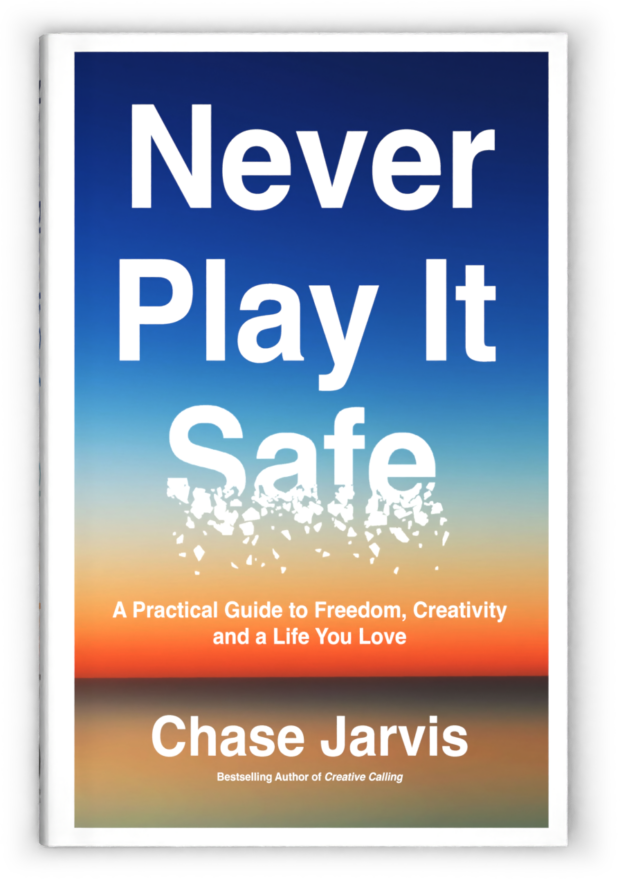










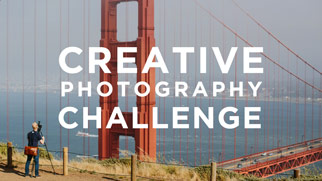
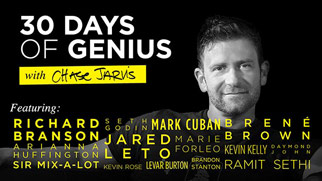
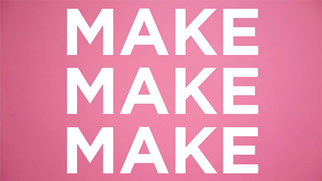
I recently returned to my home in the midwest after only returning for funerals and surgeries aka bad things. I really had no desire to go back due to the negative vision that had now been painted in my mind, but my family needed me for the holidays. After being around for a few days I decided to go and photograph all the places I went to when I was younger, the places that stood out in my mind. Granted, most of them had been closed down or had changed to new businesses, but I have never seen another body of work go after this type of subject matter at least not in the way that was personal to me. And taking the photographs really made me see the beauty in change, despite hard times and things not always going my way. Anyway, your post made me realize that it’s not just what we do for clients or people that view our work that makes it important, it’s what we do for ourselves as well.
Thanks Chase, I’m a big fan.
interesting concept to photograph our past from the viewpoint of the present. gets me thinking…
Well said. Now comes the hard part: how do you get that unique vision no one else has? How do you know that _you_ are unique enough to the point where if you infuse yourself into your photograph, no one else will be able to create anything like it? Truth is, saying that you must infuse yourself into your work so that it stands alone, and actually having work that stands on its own because it reflects a unique _you_ are not automatically connected. One must develop a lot as a photographer to truly reach that point, and even then, the threat of the look-alike is ever-present.
Someone wise once said “There’s nothing new under the sun.” That’s a tough one to beat.
“What has been will be again, what has been done will be done again; there is nothing new under the sun.” – Ecclesiastes 1:9. You make a very good point.
Handel may have influenced Mozart – at the same time, no one would say Mozart is a Handel look-alike. He created something new for his time. Such interesting questions, I don’t have the answers either 🙂 But fun to consider.
Chase,
Love the blog, the site and your work. Distinction here. In creating an image that is unique to me and what I see, how I see it, how it impacts me and how I present that to others – on that question I completely agree that infusing the image with our vision is the essence of what we do as a photographer.
But I also read the original question as “should we” physically insert ourselves into a situation that we are otherwise not a part of so that the subject is not only reacting to what is happening around them, but they are also reacting to us, our cameras, etc.
I answer that question with a resounding “it depends”. There are times when I don’t think its as productive to get so close that I am a part of the action and at those times I prefer to shoot from a distance and capture the authenticity of what is happening. Then there are other times when I have to be close in order to get a decent image and I accept the impacts to the situation of that closeness.
Whether we are physically interacting with the scene we are capturing or are outside of that interaction, we should still be imprinting each of our images with our vision and what moved us to capture that image in the first place in a way that is unique to us.
Great question – fabulous response.
yup… I agree with all…. for me its all about Being and Becoming… Salute and Fully Respect